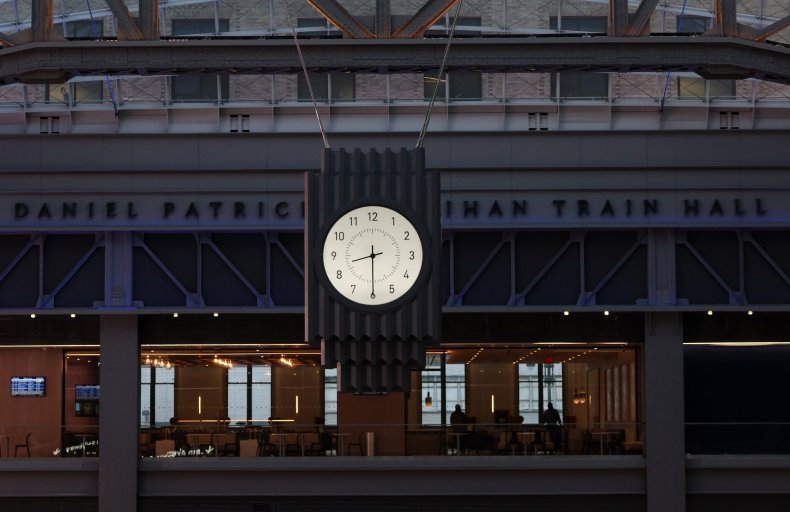What Time Does the Clock Go Back? What You Need to Know About Daylight Saving Time Ending
Daylight saving time ends on Sunday, meaning the majority of Americans will get an extra hour of sleep.
Each year, the majority of the United States moves their clocks back one hour in March to conserve daylight hours and then forward in November, signaling the end of daylight saving time. The change always occurs at 2:00 a.m. local time, and for most cell phone users, the change will go undetected because phones often automatically change the time.
However, not everyone observes daylight saving time. The Uniform Time Act of 1996 allows states to opt-out of daylight saving time and remain on standard time year-round. Two states, Hawaii and Arizona (except Navajo Nation), do not observe daylight saving time, so clocks won't change in those areas.
Most iPhone users will see the change happen automatically unless they turn the time change setting off on their phone. To confirm an iPhone will change automatically, go to Settings, then General, then Date & Time. If the green toggle is switched on next to "Set Automatically," a person's phone has likely changed by itself.
The same isn't always true for digital clocks and is definitely not true for analog clocks, so people will either have to turn them back one hour before they go to bed on Saturday night or when they wake up Sunday morning.

While "falling back" on Sunday gives people an extra hour of sleep, it also signals we're in the time of year when it'll get dark much earlier. Since the first day of fall, when there were equal hours of day and night, daylight hours have been growing shorter, making the nights seem longer. That will continue until the winter solstice in December, the shortest daylight period of the year in the Northern Hemisphere.
This time of year can be difficult for people who live with depression and some people experience seasonal depression that comes about in the fall, according to Psychology Today. To help combat some of these negative effects, some legislators have tried to make daylight standard time permanent.
Florida Senator Marco Rubio has been one of the leading advocates for allowing states to make daylight saving time permanent and introduced a bill last year with Senator Rick Scott. Their bill would have kept America on daylight saving time until Sunday in an effort to give families a "critical" additional hour of daylight during the pandemic.
Rubio, Scott and several other bipartisan members of Congress also introduced a bill to make daylight saving time permanent.
"Americans' lifestyles are very different than they were when Daylight Saving Time began more than a century ago," Senator Sheldon Whitehouse said. "Making Daylight Saving Time permanent will end the biannual disruptions to daily life and give families more daylight hours to enjoy after work and school."
Legislation has so far failed to move through Congress to make daylight saving time permanent and until it does, Americans will continue to change their clocks in the fall.

